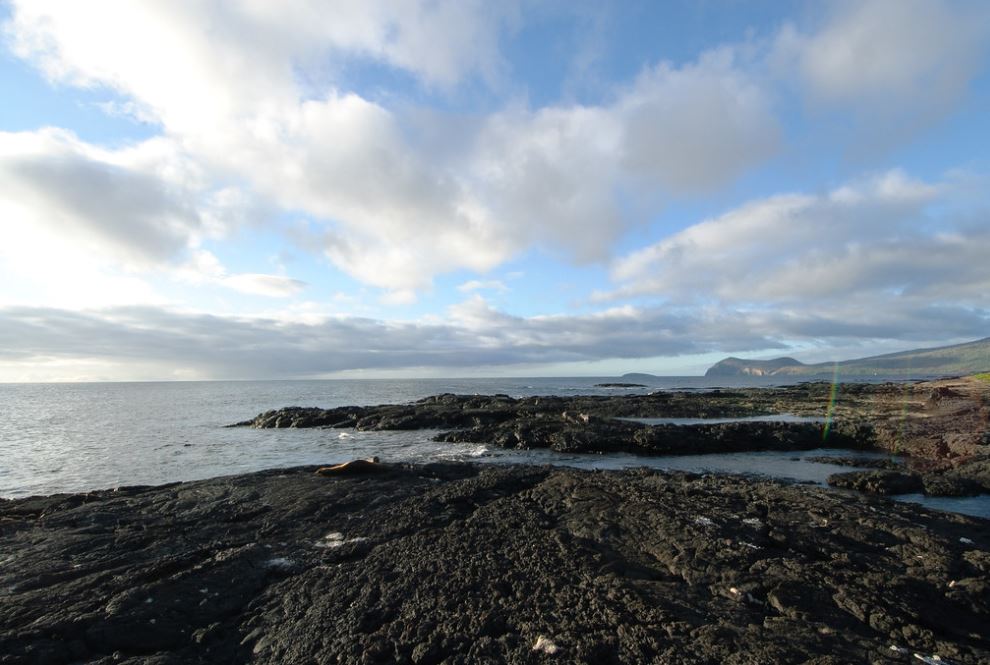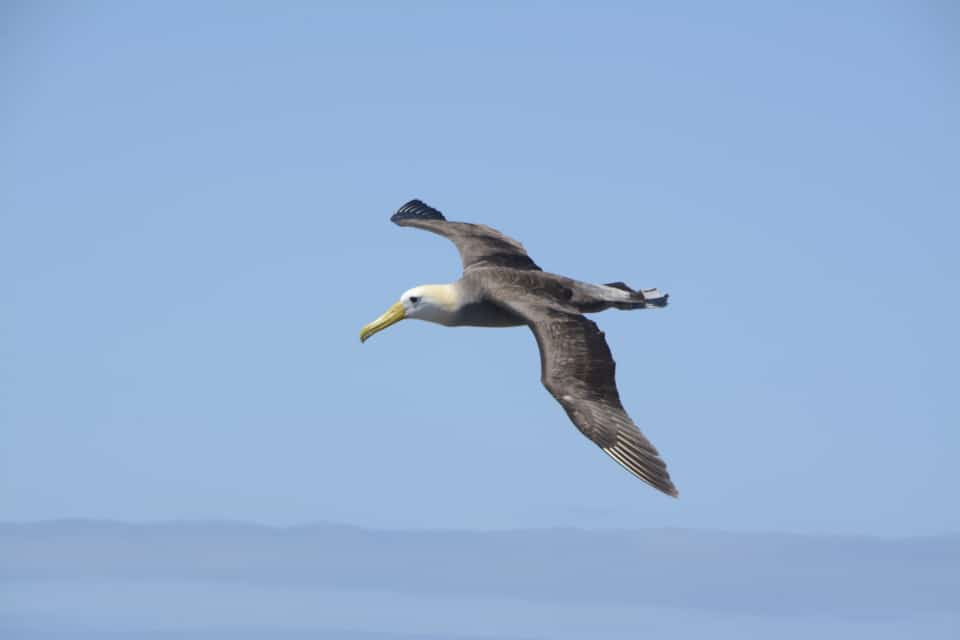Because the Galapagos Islands represent a pristine ecosystem that is thriving with innumerable unique organisms, many of which are found nowhere else in the world, they have been designated as UNESCO World Heritage Sites. Additionally, the Galapagos Islands remain a living laboratory for evolution, highlighting conservation initiatives’ significance in saving this extraordinary place for coming generations. We welcome you to read this blog post to learn how the Galapagos Islands became the second World Heritage Site in history after the exquisite city of Quito!
You should definitely visit the Galapagos Islands.
TALK TO A DESTINATION EXPERT
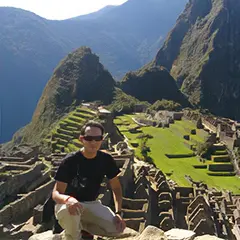
Diego Zapata

Rosa Mena
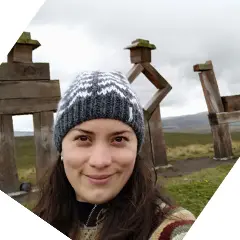
Sandy Lara

Diego Zapata

Rosa Mena

Sandy Lara
How did the Galapagos get approved as a World Heritage site by UNESCO?
A region or location must meet specific requirements to be recognized by UNESCO as a World Heritage Site, including having “Outstanding Universal Value,” being internationally significant, and—perhaps most crucially—”being of common importance for present and future generations of all humanity.” Candidates for natural heritage must additionally fulfill the following requirements:
Criteria VII: “To contain areas of exceptional natural beauty and aesthetic importance, or superlative natural phenomena.”
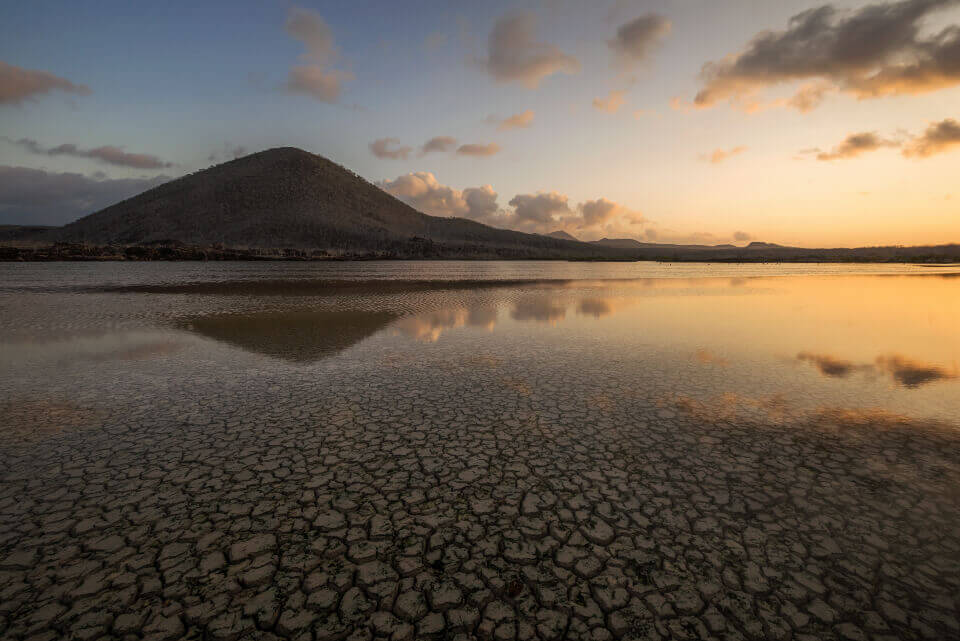
Criteria VIII: “To be exceptional illustrations of important epochs in the planet’s history, such as the record of life, noteworthy ongoing geological processes in the formation of landforms, or noteworthy geomorphic or physiographic features.”
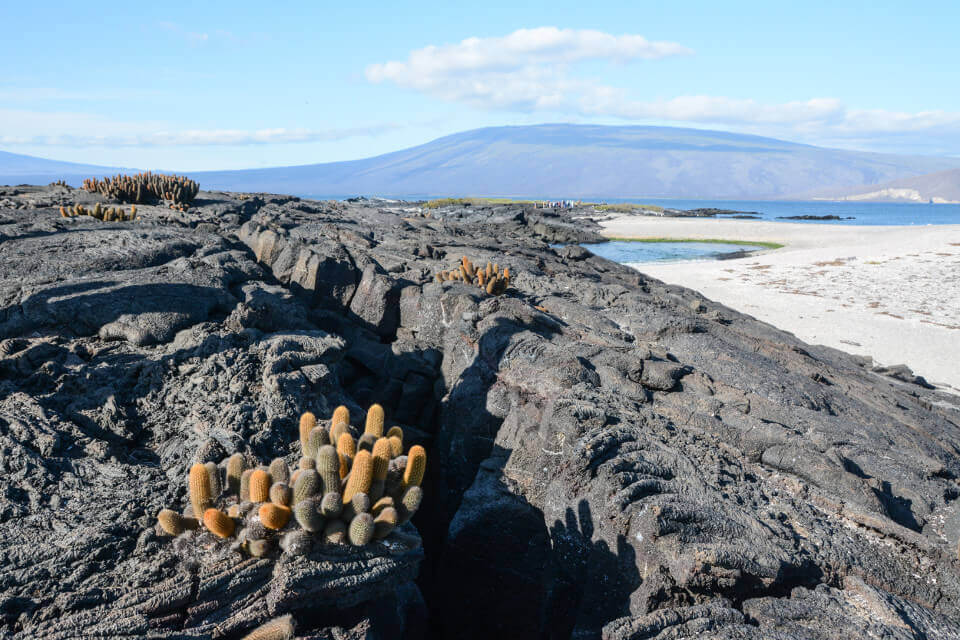
Criteria IX: “To be exceptional illustrations of important ongoing ecological and biological processes in the formation of plant and animal communities as well as terrestrial, freshwater, coastal, and marine environments.
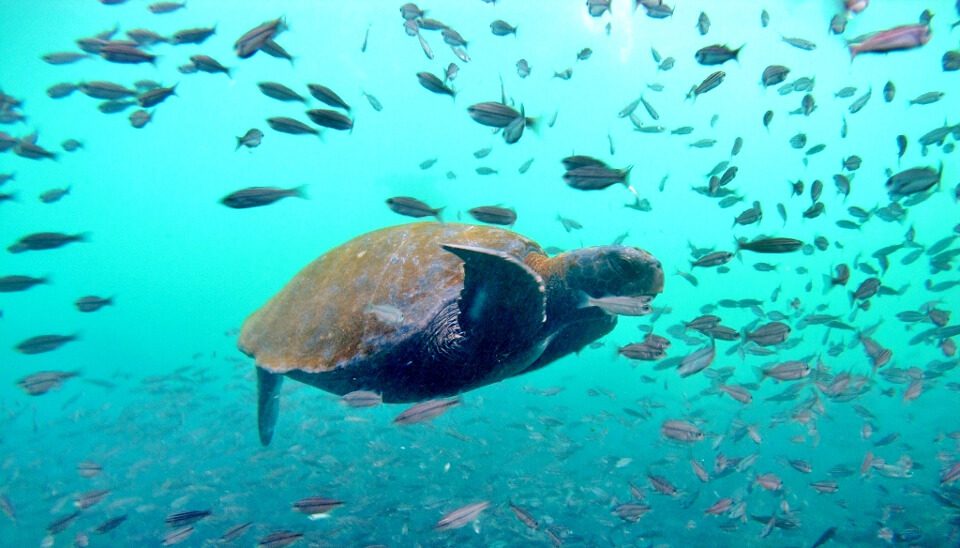
Criteria X: “To be home to the most vital and noteworthy natural habitats for the in-situ preservation of biological variety, especially those that house threatened species of exceptional universal value from a scientific or conservation standpoint.”
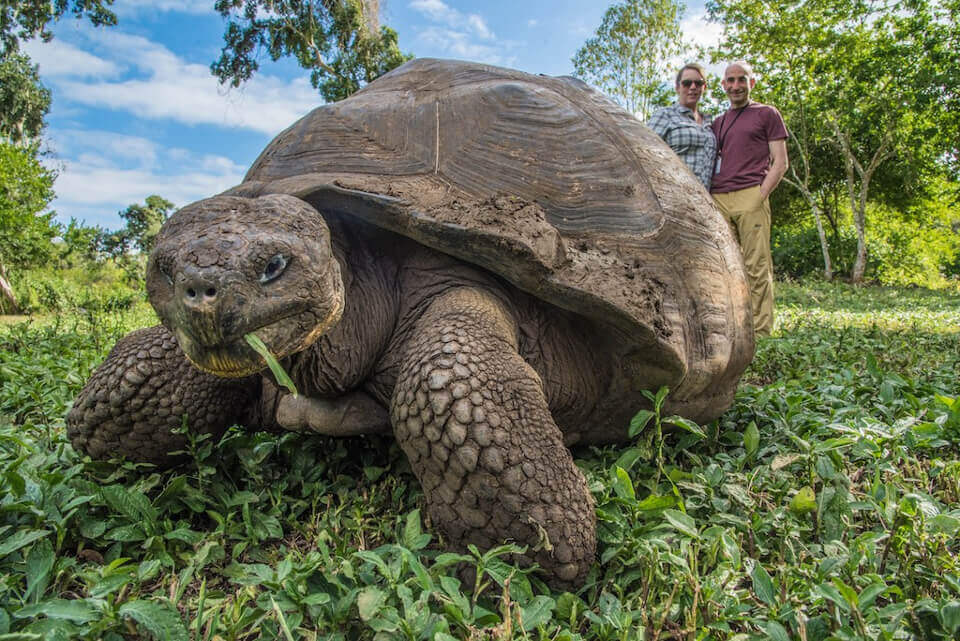
A Heritage Site is added to the World Heritage List if it fulfills all these requirements. Such an honor and designation also implies an “enduring obligation” on the part of the State to which the site belongs (in this case, Ecuador) to ensure the preservation, administration, and oversight of the Heritage Site. UNESCO designated the Galapagos as a World Heritage Site; why? For all of the above and more!
This unique location is essential to maintain, as evidenced by its renowned UNESCO title. Note: Every six years, UNESCO evaluates World Heritage Sites to determine how well they are doing in terms of preservation and protection efforts and the policies put in place to support them.
Noteworthy Historical Information: In 1978 the Galapagos Islands were designated a Natural Heritage Site for Humanity. The Galapagos Marine Reserve was added to this status by UNESCO more than 20 years later.
Did you know?
By mandating that all visitors experience the Galapagos National Park with a naturalist guide licensed and accredited by the Galapagos National Park Service, the National Park strengthens its conservation efforts (per its UNESCO designation). Naturalist guides assist in educating guests constantly about the sensitive and fragile character of the archipelago. Visitors are given a welcome package at immigration upon arrival, containing information about the Park’s unique qualities and why everyone must preserve it.
Even while you can’t see everything in a single trip, you can plan your stay to maximize your time in the Galapagos. The Galapagos Islands’ delicate ecosystem is protected by a National Park fee, justified by the site’s designation as a UNESCO World Heritage Site. The money collected from visitors goes toward maintaining the park itself.
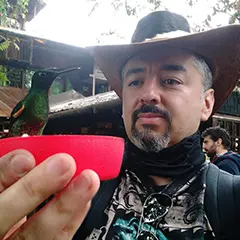
Javier Garcia
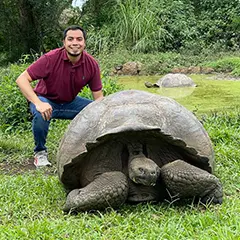
Eduardo Silva
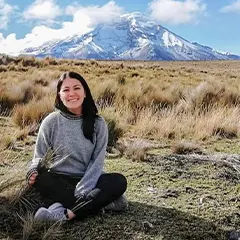
Carolina Escobar
START PLANNING YOUR TRIP

Javier Garcia

Eduardo Silva

Carolina Escobar
Get in touch for more
CONTACT US
